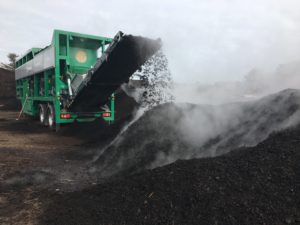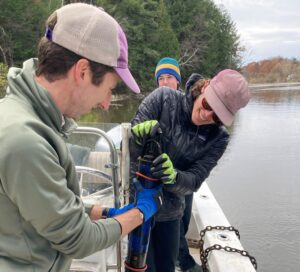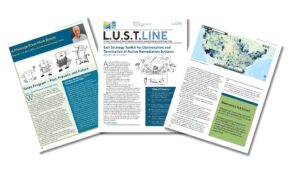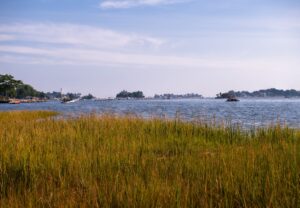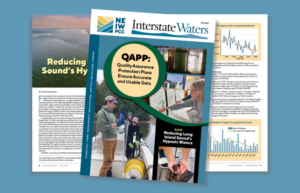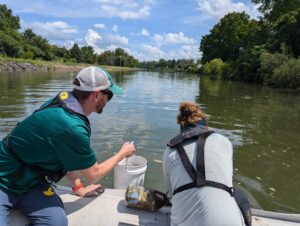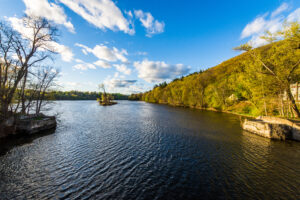-
Information Clearinghouse for PFAS Sludge and Biosolids Resources Now Available
Per- and polyfluoroalkyl substances (PFAS), a group of emerging contaminants, are making headlines as they accumulate at wastewater treatment facilities – the result of their widespread use in consumer and
-
Quality Assurance Project Plans Ensure Accurate and Usable Data
By Emily Bialowas and Cheyenne Ellis Every year, NEIWPCC funds numerous projects across its partner programs, including the Long Island Sound Study (LISS), the Hudson River Estuary Program (HREP), and
-
L.U.S.T.Line Highlights Evolving Underground Storage Tank Industry
The most recent issue of LUSTLine (#94) — a publication to promote the exchange of information in the underground storage tank (UST) community — focuses on new developments that make
-
Long Island Sound Study Seeks Input on Draft Conservation Plan
The Long Island Sound Study (LISS), a NEIWPCC program partner, has opened a 60-day public comment period for formal review of the full draft 2025 Comprehensive Conservation and Management Plan
-
Five-Year Project Delves Into Success Stories Behind National Clean Water Strategies
From the rugged mountains of northwestern Montana to the largest estuary in the country – the Chesapeake Bay, NEIWPCC’s Clean Water Success Story Project aims to uncover a diverse array
-
Fall Issue of Interstate Waters now Available
The Fall 2024 issue of NEIWPCC’s biannual magazine, “Interstate Waters,” is now available both online and in print. The cover story focuses on NEIWPCC’s Quality Assurance Project Plans – mandated
-
Lake Champlain Basin Program Offers $5.5 Million in Grants for Clean Water and Healthy Ecosystem Projects
The Patrick Leahy Lake Champlain Basin Program, a NEIWPCC program partner, seeks proposals for projects that improve water quality and ecosystems in the Lake Champlain watershed. The Program anticipates awarding
-
Massachusetts Students Spend Summer Working at Wastewater Treatment Plants
This summer, seven high school students completed paid internships at wastewater treatment plants in Lowell and Lawrence, Massachusetts through the Youth and the Environment Program (YEP). Created by the U.S.
-
Multiplate Sampling on the Genesee River in New York State
This summer, NEIWPCC staff joined the New York State Department of Environmental Conservation (NYSDEC) to perform multiplate sampling for macroinvertebrates on the Genesee River near Rochester, New York. Multiplate samplers
-
Call for 303(d) Program Success Stories
NEIWPCC is seeking success stories from across the country that highlight program achievements covering a diverse array of Clean Water Act Section 303(d): Impaired Waters and Total Maximum Daily Loads
